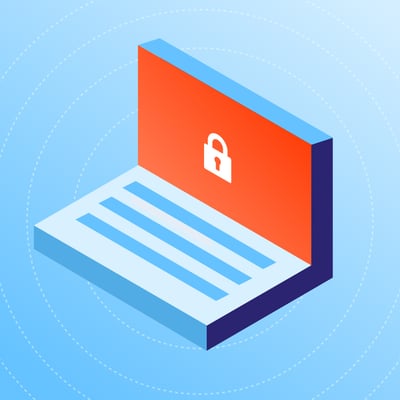Snapdocs Trust Center

Securing your success from start to finish
Our commitment to security is woven into every product and service we provide.
System status
Snapdocs provides real-time visibility of service performance and availability.
Check StatusIncident reporting
We take security seriously. If you notice anything unusual, let us know.
Report an IssueCompliance
Learn about our regulations, standards, certifications and assessments.

ISO 27001
Specifies the requirements for establishing, implementing, maintaining, and continually improving an information security management system within the context of the organization.

SOC 2 Type II
Reports detailed information and provides assurance regarding the controls relevant to all five Trust Service Principles: Security, Availability, Processing Integrity, Confidentiality, and Privacy.

FTC Safeguards Rule
Requires non-banking financial institutions to develop, implement, and maintain a comprehensive security program.

CCPA
Readiness and compliance with CCPA, the consumer privacy law that protects individuals' data privacy rights.
Business Continuity and Disaster Recovery
Effectively maintain continuation of business processes due to disruption and recovery from adverse events.
External Security Assessments
Attest to continuous external penetration tests and security assessments performed by third parties.
security
Secure by design
Our commitment to safeguarding your business drives every decision we make. Learn how security is built into the Snapdocs mindset.


privacy
How we handle data
We take data privacy seriously. Learn about our practices for handling personal information responsibly.
Our trust and safety imperatives
Security-first mindset
Snapdocs adheres to the concept of “security and privacy by design.” Every new product and new release, as well as new internal processes, procedures, and technology adoptions go through secure design considerations and threat analysis to ensure security before deployment.
Defense-in-depth
Snapdocs employs a multi-layered "defense-in-depth" strategy, securing infrastructure, platform, software, and communications to deliver secure real estate experiences.
Resiliency
Snapdocs strives to continuously monitor for anomalies across its security and operations environments. Continuous and proactive testing ensures our ability to respond and recover quickly with minimal disruption.
Data protection
Customers, consumers, and partners trust Snapdocs with personal financial data. We strive to help safeguard that data and protect everyone’s privacy using industry-leading practices and innovative technologies.





